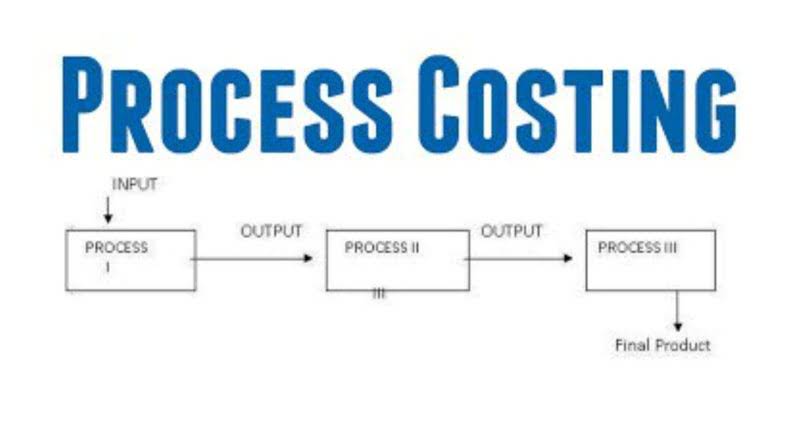
EBITDA focuses on operating expenses and removes the effects of financing, accounting, and tax decisions. It’s important to note this is a very simplified look at a contribution margin income statement format. If we subtract the variable costs from the revenue, we’re left with a $22,000 contribution margin.
- In the United States, similar labor-saving processes have been developed, such as the ability to order groceries or fast food online and have it ready when the customer arrives.
- It tells a manager how much the company actually earns after paying all its bills.
- Putting these into a traditional income statement illustrates the bigger picture of which product lines are doing better than others or if any should be discontinued.
- By double-checking accounts to individual entries, controllers and auditors ensure all records and calculations are mathematically correct.
- This detailed breakdown helps in understanding the financial performance of individual products or services.
What is the difference between a variable-cost income statement and a contribution margin income statement?
Looking at the variable expenses, each skincare product needs ingredients to be formulated, some nice packaging, and a good salesperson on commission. Let’s say that our beauty conglomerate sells 1,000 units of its bestselling skincare products for $50 each, totaling $50,000 in revenue. A high contribution margin cushions the fall from unexpected costs and dips in sales. That’s why any business worth its salt will look to improve its margins wherever possible.
Contribution income statement vs. traditional income statements

A contribution margin statement allows businesses to determine which products or business segments are most profitable. They also allow a business to https://www.bookstime.com/ conduct a break-even analysis to determine the point at which they become profitable, in whole or by a business segment or product line. Watch this video from Investopedia reviewing the concept of contribution margin to learn more.
Example 2 – multi product company:
For instance, if XYZ Widgets Inc. had $500,000 in annual sales and $200,000 in variable costs, its contribution margin would be $300,000. The margins calculated for contribution and income statements are also different. Traditional income statements calculate a company’s gross profit margin by subtracting the cost of goods sold COGS from revenue.

The primary distinction between gross margin and contribution margin is that fixed production costs are included in the cost of goods sold when calculating the gross margin, but not when calculating the contribution margin. This means that the contribution margin income statement is sorted by the variability of the underlying cost information rather than the functional areas or expense categories found in a traditional income statement. Contribution format statements separate expenses into fixed and variable costs. Traditional income statements separate costs by production (COGS) and administration (SG&A), each of which may be a mix of variable and fixed costs. For the month of April, sales from the Blue Jay Model contributed \(\$36,000\) toward fixed costs. Looking at contribution margin in total allows managers to evaluate whether a particular product is profitable and how the sales revenue from that product contributes to the overall profitability of the company.
The Bottom Line on Contribution Margin Income Statements
- A high contribution margin cushions the fall from unexpected costs and dips in sales.
- This gives a much more detailed financial picture of the business’s operating costs and how well the products perform.
- However, since a zero activity level means no sales, there would be no revenue, and hence no contribution margin.
- A contribution margin income statement on the other hand categorizes expenses on whether they are variable or fixed.
- Variable cost refers to all costs incurred by the company that change with the change in the level of output of the company, i.e., it increases with an increase in output and decreases with a decrease in output.
- Subtracting the total fixed cost of $12,000 from the contribution margin well result in a net income of $12,000.
Unlike a traditional income statement, Accounts Receivable Outsourcing the expenses are bifurcated based on how the cost behaves. Variable cost includes direct material, direct labor, variable overheads, and fixed overheads. It does not matter if your expenses are production or selling and administrative expenses. The same thing goes with fixed expenses; they must be included in fixed costs if they are fixed.

How to Determine the Contribution Margin
In fact, we can create a specialized income statement called a contribution margin income statement to determine how changes in sales volume impact the bottom line. When you want to determine the proportion of expenses that truly varies directly with revenues, it is useful to create an income statement in the contribution margin format. Because a large portion of a company’s production costs are fixed and few of its selling and administrative expenses are variable, the contribution margin will be significantly higher than the gross margin in many cases. The contribution margin income statement is how you report each product’s contribution margin—a key part of smart operating expense planning.

The first thing to remember about any income statement is that the statement is calculated based on the amount of product sold, not the amount of product produced. Interpreting these numbers requires a nuanced understanding of the business’s operational landscape. Sharp fluctuations in contribution margin or a contribution margin ratio divergent from industry standards could signal the need for a strategic pivot. Subtracting the contribution margin income statement format total fixed cost of $12,000 from the contribution margin well result in a net income of $12,000.
Schreibe einen Kommentar